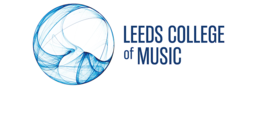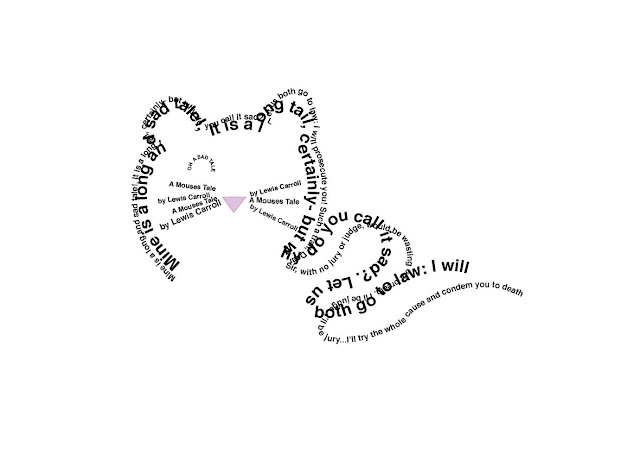Pictograms of the past // Tokyo, Sydney, Athens
The use of block colour and illustrative symbol styles are fluid in ambiguity, as none of them are a literal pictogram or vector of a person doing the sport. It is interesting to understand we are
all immersed within suggestive symbols every day, meaning we can interpret the obtuse shapes as arms/ heads/ pieces of apparatus- despite not being 100% resembling them.
Pictograms of the future // Rio 2016
 |
The designs were based on the Rio 2016 font, which was launched in July 2012 and forms an integral part of the Rio 2016 brand. The athlete bodies and sports equipment depicted in the pictograms were built from the font’s characters, or part of them, in a continuous stroke, with variations in thickness in order to give the impression of depth. The pebble shapes, which enclose each pictogram, are a characteristic of Rio 2016’s visual language and alter their shape according to the athletes’ different movements, while the pictograms themselves can be produced in a variety of colours."
|
Prior to reading the reasoning behind the Rio 2016 logo's, the use of the pebble shape and soft curvature of the white lines felt childish and simple, yet definitely resembling a human. With this in mind as my symbol has no particular heritage to adhere too, creating a simple pictogram un reliant on cultural association was necessary.
As I chose Skiing and Ski-Slalom specifically, I tried to incorporate the subtitles of the movements of the body- alongside the simplistic trends which are visible through Olympic Pictogram history.
 |
| Initial sketches experimenting with inanimate shapes sitting in sequence to form a person. The smaller bottom symbols were my initial experiments which lead to the idea of the curvature of the body to represent the slope itself. With this in mind, the curved torso/leg join is intended to have an 'S' like motion- suggestive of the G-S turns the athletes make on the slope. |
As my illustrator skills are not as proficient as of yet, after not doing the shape of the most relevant design justice, I thought i'd practice with this simpler pictogram referencing Slalom Skiing more direct. The tightly composed figure purposely lacks negative space giving a jagged effect.









































